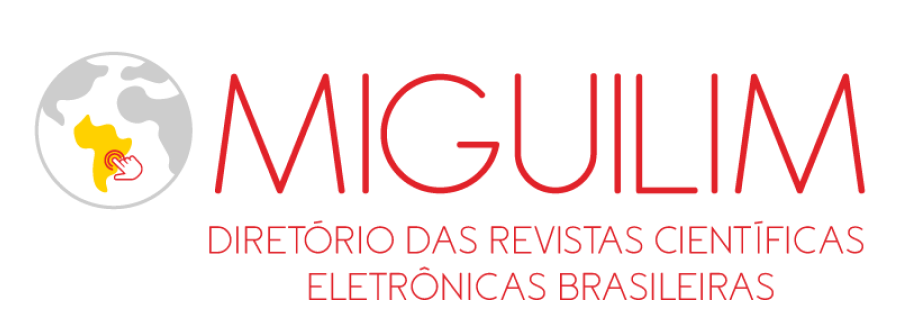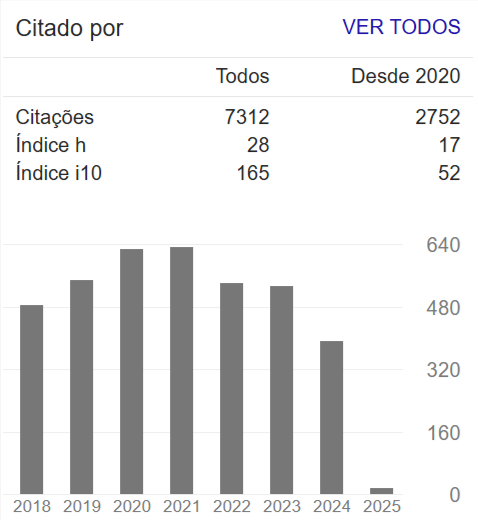IMPACT OF NATURAL AND ANTHROPOGENIC CONTAMINANTS ON THE GRANADA AQUIFER; NICARAGUA
Resumo
The water supply of the city of Granada has been impacted by elevated nitrate concentrations (78 mg NO3 -/L), which led to interest in a study of the groudwater quality of the Granada Aquifer. Groundwater samples were collected in March 1998 existing wells withing the basin during a campaign in March 1998. A plume of high-TDS (up to 1200 mg/L), high-pH (up to 8.0) water appears to be infiltrating from Laguna Apoyo, a closed-basin, saline (5,840 mg/L TDS), alkaline (pH = 8.4), volcanic lake, with sodium-chloride-sulfate type waters, located just west of the city. Groundwater levels agree that the direction of groundwater is from the Laguna Apoyo toward Lake Nicaragua, except for the southern area of the aquifer (south of Granada), where groundwater recharge occurs on the flanks of Mombacho
Volcano. High concentrations of nitrate (up to 190 mg/L) have been observed in wells in the north, and also in portions of the southern part of the aquifer. Future development of groundwater will have to take these present sources of contamination into account, and furthermore, the city of Granada should create
groundwater protection zones for the relatively small water resource which remains uncontaminated.

















